Best Yarn for Beginners Crochet Projects: Easy Guide
Embarking on your crochet journey is super fun but do you know the best yarn for beginners crochet projects? When you’re a beginner, the first thing you’ll need is the right yarn, which can make all the difference in easing your path to creating those first few stitches.
Think of your yarn choice as your crafting sidekick, one that is there to ensure your crochet practice goes smoothly and enjoyably.
The best yarns for beginner crocheters are typically those that are medium weight and easy to handle. These types of yarn won’t split or fray easily, allowing you to see and count your stitches clearly, which is crucial when you’re just starting out.
Opting for lighter colors can also be helpful, as they show the stitch definition better and make it easier to spot any potential missteps.
Choosing yarn that feels good in your hands is also key, as comfort is paramount when you’re practicing any new skill. Acrylic yarns, for instance, are often recommended for beginners because they’re versatile, affordable, and come in a wide range of colors.
But remember, the most important thing is that you enjoy working with your yarn—when you love the material, you’re more likely to love the process and stick with it.
Understanding Yarn Basics
Before diving into your first crochet project, getting familiar with your materials is key. You’ll encounter various yarn types, weights, and fibers which can all influence your project’s outcome.
Types of Yarn
When picking out yarn, you’ll notice a range of types, defined mainly by their fiber content. There are natural fibers, sourced from plants and animals, like cotton and wool. Synthetic fibers, such as acrylic and polyester, are man-made and often designed to mimic natural yarns. The type of yarn you choose can affect the texture, strength, and ease of care of your finished project.
- Animal fibers: Wool, alpaca, silk
- Plant fibers: Cotton, linen, bamboo
Yarn Weights
Yarn’s weight refers to its thickness and is key to determining the size of your stitches and the drape of your finished piece.
- Worsted weight yarn is the go-to choice for beginners due to its versatility.
- Lighter weights like fingering are for delicate projects.
- Bulkier yarns work up quickly, offering a cozy, chunkier look.
Here’s a quick breakdown of yarn weights:
| Weight Number | Weight Name |
|---|---|
| 0 | Lace |
| 1 | Super Fine |
| 3 | Light |
| 4 | Medium (Worsted) |
| 5 | Bulky |
| 6 | Super Bulky |
Fiber Content Essentials
Understanding the fiber content of your yarn can help you predict how it will behave. Natural fibers often provide warmth and breathability, while synthetic fibers offer durability and vibrant colors.
- Natural: Merino, cashmere, silk
- Synthetic: Nylon, acrylic, microfiber
Type of fiber impacts care instructions. For instance, natural fibers may require hand washing, while synthetic options often handle machine washing well.
How To Read A Yarn Label
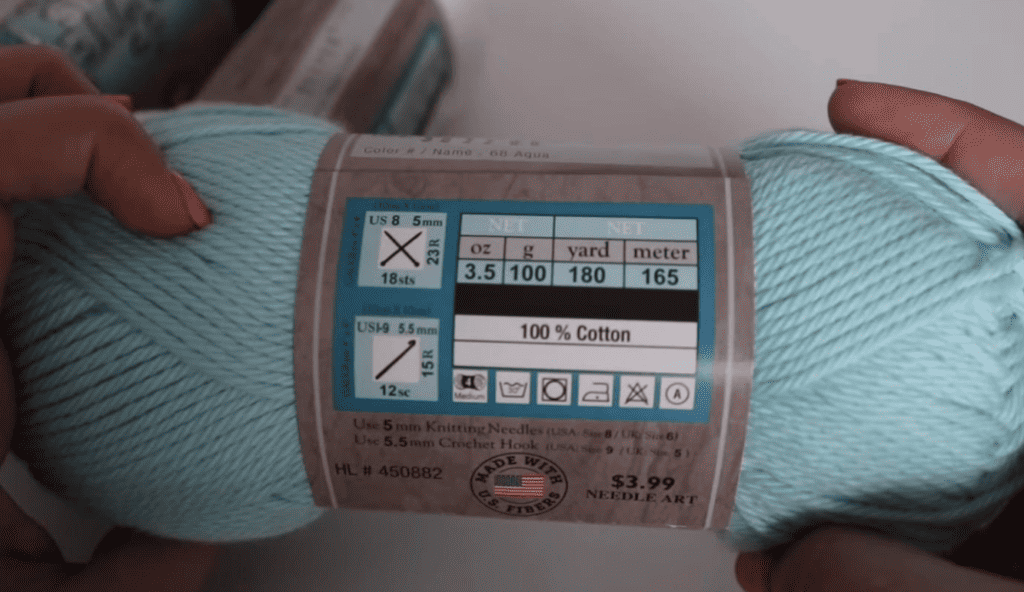
Every ball or skein of yarn comes with a label that holds vital information. It’s your blueprint on how to treat the yarn.
- Weight of yarn: Indicated by a standardized number or description.
- Fiber content: Percentage of each type of fiber included.
- Care instructions: How to properly wash and dry your yarn.
- Yarn length: Total length of yarn in the skein.
Reading the yarn label is crucial for ensuring that your project turns out just right and stands the test of time.
Best Yarn For Beginners Crochet
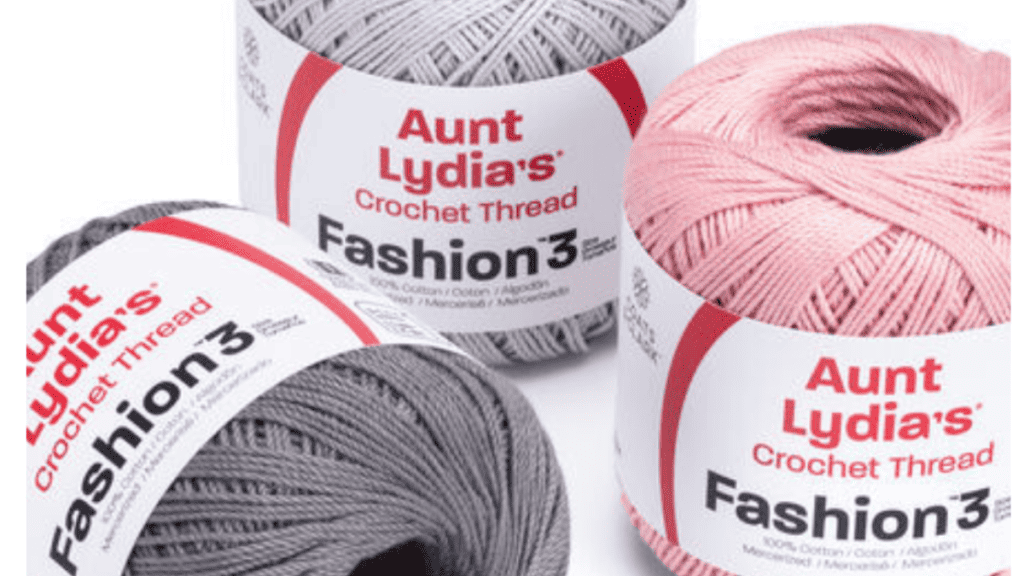
When starting your next crochet project, picking the right yarn is crucial. It influences the ease of crocheting and the final look and feel of your creation.
Wool Yarn
Wool yarn is a great choice for you as a beginner crocheter. It’s forgiving and resilient, which means it can handle the learning curve. Plus, wool’s texture helps it stay on the hook, giving you more control.
- Forgiving nature: Less likely to show uneven stitches.
- Resilience: Can withstand pulling and frogging.
Cotton Yarn
Cotton yarn works well for you because it’s sturdy and doesn’t stretch much. This can make your finished product look neat and helps with consistent tension.
- Sturdy: Keeps shape after washes.
- Non-stretch fabric: Eases tension control.
Acrylic Yarn
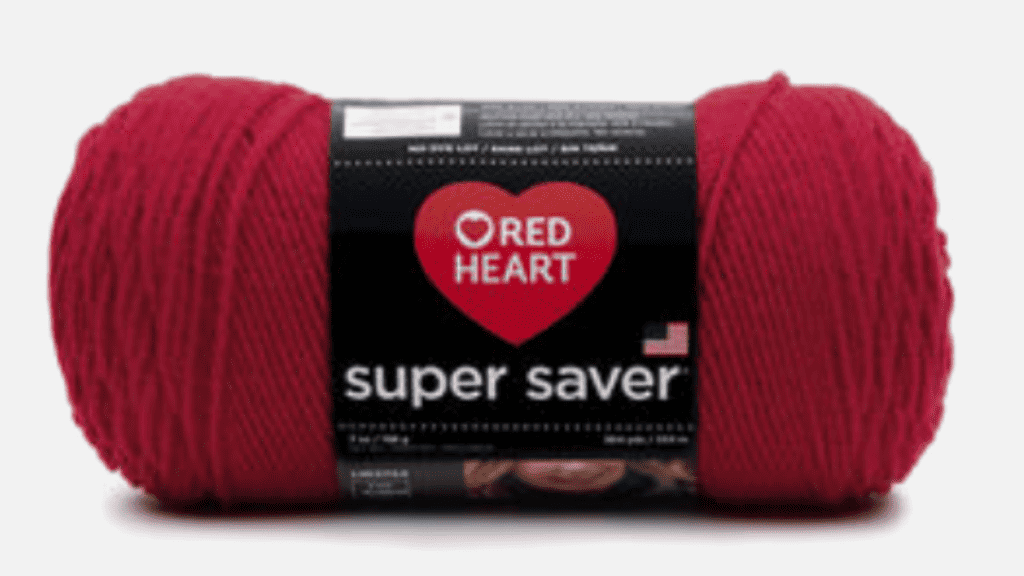
Acrylic yarn is an excellent choice for your early projects. It’s affordable, available in numerous colors, and easy to care for, making it a hassle-free option.
- Affordable: Easy on your wallet, good for practice.
- Variety of colors: Aids in exciting project possibilities.
- Easy care: Worry less about washing and drying.
Yarn Weight and Crochet Projects
When you’re selecting yarn for crochet projects, consider that the weight of the yarn plays a pivotal role in defining the project’s appearance and utility.
Lightweight Yarns for Delicate Work
If you’re aiming to create delicate items like lacy shawls or light garments, lightweight yarns are your go-to. Lace weight or DK weight yarns add that intricate touch and fine finish. Remember:
- Lace Weight: Ideal for intricate stitch work.
- DK Weight: A step up from lace, suitable for lighter apparel.
Medium and Bulky Yarns for Warmth
For cozy blankets or snuggly sweaters, you’ll want to opt for medium weight yarn or bulky yarns. Their thickness ensures warmth and quick progress. Consider these points:
- Medium Weight Yarn: Versatile for a variety of crochet projects.
- Bulky Weight Yarn: Perfect for speedy, large projects that need to be extra warm.
- Thick Yarns: These lend a plush feel, ideal for winter accessories.
Yarn Care and Maintenance
Taking care of your yarn can make your crochet projects look better and last longer. Remember, proper yarn care depends on the fiber content—different materials will require different methods of maintenance.
Synthetic vs. Natural Yarn Care
Synthetic Yarn:
- Machine Washable: Most synthetic yarns are designed to be machine washable. This makes them super convenient, especially if you’re crafting items that require frequent cleaning.
- Drying: It’s generally safe to tumble dry synthetic yarns on a low heat setting. However, laying flat to dry will help maintain the shape and quality of your crochet work.
Natural Fibers:
- Wash Carefully: Natural yarns like wool, cotton, and silk often need gentle hand washing. Hot water and rough handling can cause felting, especially in wool.
- Drying: To dry, roll the item in a towel to remove excess water, then lay flat to air dry. Avoid direct sunlight and high heat.
How To Read Yarn Labels
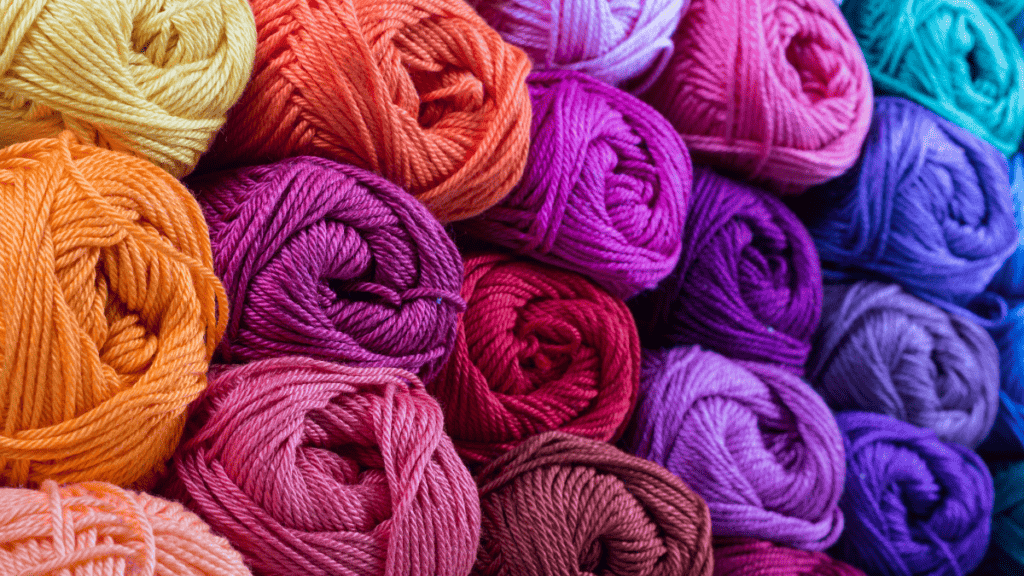
When you buy yarn, check the ball band; it’s your go-to for care instructions. Here’s a quick guide:
- Fiber Content: Pay attention to this section. It will tell you what your yarn is made of and hint at the best way to care for it.
- Symbols: Look for the washing and drying symbols. A tub with a number means the maximum temperature for washing, while an iron symbol advises on ironing temperatures.
- Special Yarns: Superwash merino wool is popular because it’s often machine washable, unlike regular wool. This makes it an excellent choice for an easy-care natural fiber option.
Remember that these instructions are not mere suggestions. They’re the key to keeping your yarn and crochet projects in pristine condition.
Choosing Yarn by Project Type
When starting a crochet project, the type of yarn you choose can make a big difference in the outcome and ease of your work. Select yarns that complement the functionality and aesthetic of the final piece.
Yarns for Crochet Blankets
For crochet blankets, including baby blankets, opt for soft and durable yarns. Acrylic yarns are a great choice—they’re machine washable and budget-friendly, perfect for a large project like this. If you want something more luxurious, go for a wool blend. Here’s what to consider:
- Softness: Babies have sensitive skin, so choose ultra-soft yarns for baby blankets.
- Washing: Look for machine washable yarns for easy care.
Selecting Yarn for Wearable Projects
When you’re making a crochet sweater or other wearable items, comfort and fit are key. Wool, cotton, or bamboo yarns are excellent for garments due to their breathability and softness. Keep these pointers in mind:
- Yarn Weight: Refer to the Craft Yarn Council’s standards for weight suggestions that match your free crochet patterns.
- Fiber Content: Natural fibers tend to be more breathable, which is crucial for wearables.
Before heading to the yarn store or craft stores, have a clear idea of your next crochet project. Different yarn brands offer various textures, weights, and fiber compositions suited for different projects. Consider the project’s function, who will use it, and how often it will be washed to ensure you pick the perfect yarn.
Colors, Dyes, and Aesthetics
When you’re picking out yarn for your crochet projects, the color can be just as important as the type of yarn. It can affect the mood of your piece and its purpose.
Color Selection for Projects
When you choose colors, think about the vibe you’re going for. Are you into bold and bright hues, or more about the soft and pastel?
Different colors can evoke different feelings; for instance, blues are calming while reds can be energizing.
With a variety of colors available, you can pick the perfect shade to match your personal taste or the taste of whoever you’re crafting for.
While you’re at it, consider how colors work together. If you’re just learning, try starting with a single color to keep it simple.
Dye Lots and Consistency
You’ll notice that each skein comes with a dye lot number. This number indicates that all yarns within the same lot were dyed together, ensuring they match. It might not seem important, but even the best crochet yarn can have noticeable color variances between lots.
To avoid awkward color shifts in your projects, always buy enough yarn from the same lot. If you’re experimenting with different fiber types or novelty yarns, like eyelash yarns, keeping consistent dye lots can be especially challenging.
But don’t worry, just knit a swatch to test how your yarns look together before diving into your main project.
Tips for Buying Yarn
When you’re starting out with crochet, selecting the right yarn is a critical first step. Your decisions here will affect your project outcome, ease of learning, and overall enjoyment.
Yarn Shopping for Beginners
When visiting a yarn store, you’re presented with an array of different options. Start by choosing a yarn that matches your crochet hook size.
Typically, thicker yarns are better for beginners because they’re easier to work with. You’ll find yarns like worsted and chunky weights give better stitch definition which is super helpful when you’re still getting the hang of your stitches.
- Look for clarity: Aim for yarns that allow you to easily see the individual stitches.
- Feel the texture: Yarns that are too slippery or too grabby can make learning harder.
What to Know About Yarn Quantities
Underestimating the amount of yarn needed is a common pitfall. Make sure you buy enough to complete your project. Here’s how:
- Ball or Skein: A skein of yarn typically holds a continuous length of yarn, while a ball of yarn is wound into a round ball.
Sizing: Use this as a guide:
| Project Type | Approx. Yarn Needed (in yards) |
|---|---|
| Scarf | 150-300 |
| Small Blanket | 900-1,200 |
| Large Blanket | 1,500-2,200 |
| Hat | 100-150 |
- Buy extra: Consider purchasing one more skein of yarn than your project requires to account for mistakes or gauge issues.
Remember, your personal preference factors in heavily. If you adore the feel and look of a yarn, you’re more likely to stick with your project. Explore different fibers to find what you enjoy working with the most. Yarns come in natural fibers like wool and cotton or synthetics like acrylic and polyester. Each has its own properties, so you might want to try a few different types of yarn to see what works best for your project. And don’t worry if you end up with much yarn; that just means more fun projects in your future!
Common Mistakes to Avoid
When learning crochet, choosing the right yarn and understanding its properties are crucial. Here’s what you need to watch out for to make sure your project turns out fantastic.
Choosing the Wrong Yarn Weight
Trying to pair the wrong yarn weight with a crochet project can lead to frustration. Each weight works with specific hook sizes to create the desired fabric density. Here’s a quick reference:
- Lightweight Yarns: Ideal for delicate patterns.
- Medium Weight Yarns: Versatile and great for beginners.
- Heavyweight Yarns: Perfect for sturdy, warm items.
Check the yarn label—known as the ball band—for recommended hook sizes and gauge. Yarn weight symbols range from 0 (lace) to 6 (super bulky), helping you match with your project needs.
Misunderstanding Fiber Properties
The fiber content of your yarn affects everything from drape to durability. Consider these specifics:
- Wool: Warm and resilient, yet can be itchy for some.
- Cotton: Cool and smooth, with less elasticity—favorite yarn for dishcloths or coasters
- Acrylic: Forgiving and affordable, but might not be as breathable. Probably the most popular yarn
Remember, different yarns can dramatically alter the appearance of your crochet stitches. Pick a yarn that complements the stitch pattern and the intended use of your finished piece.
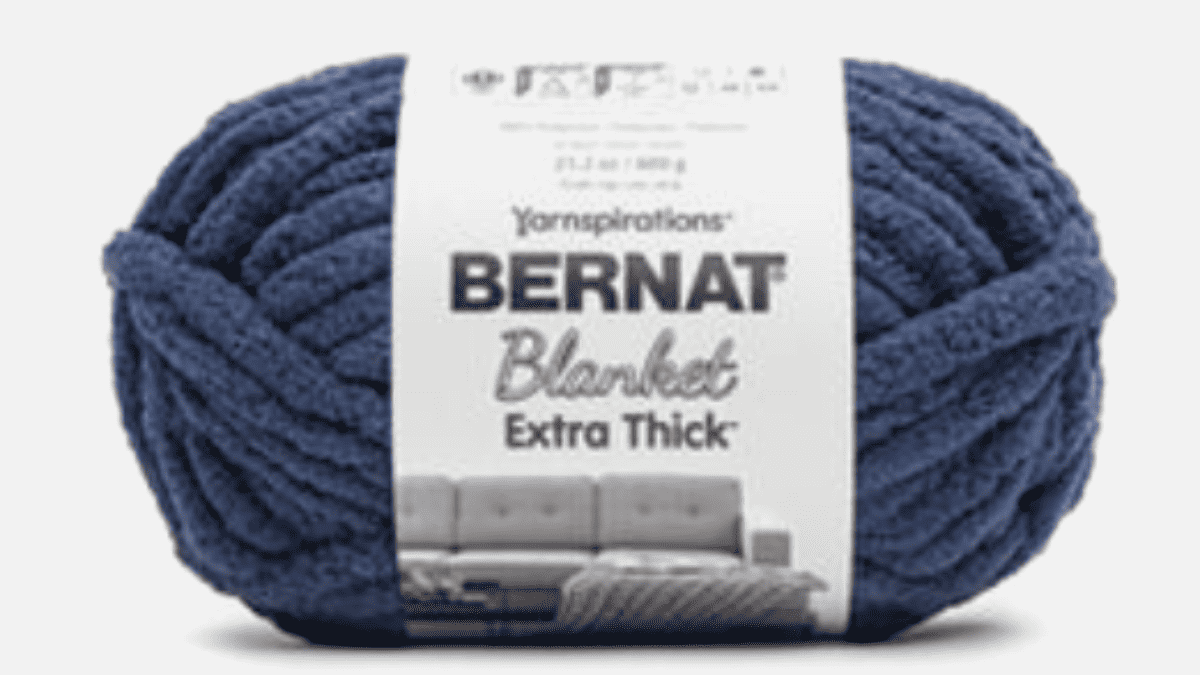
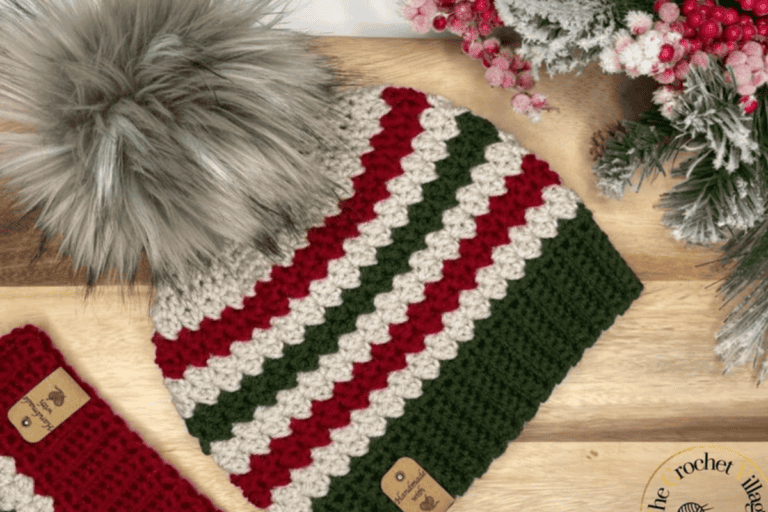
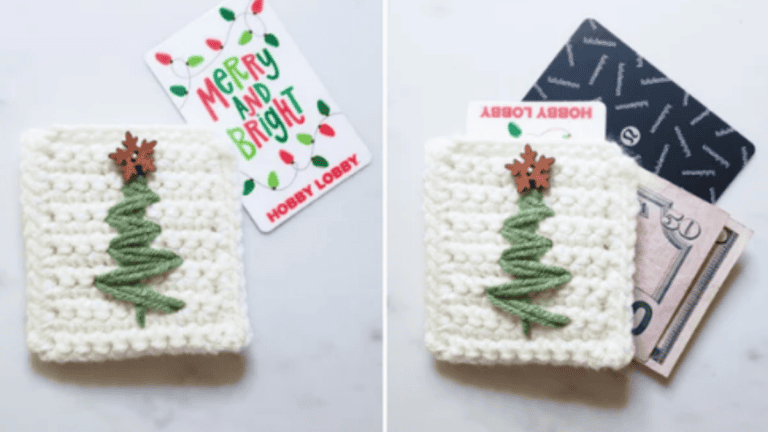
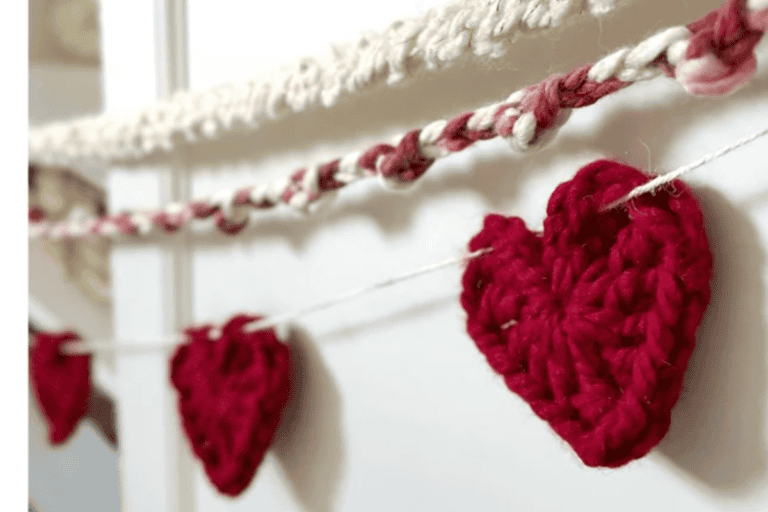
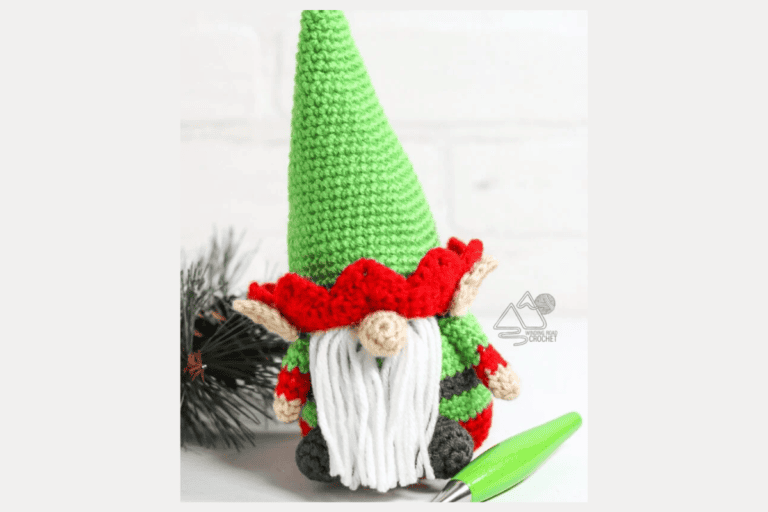

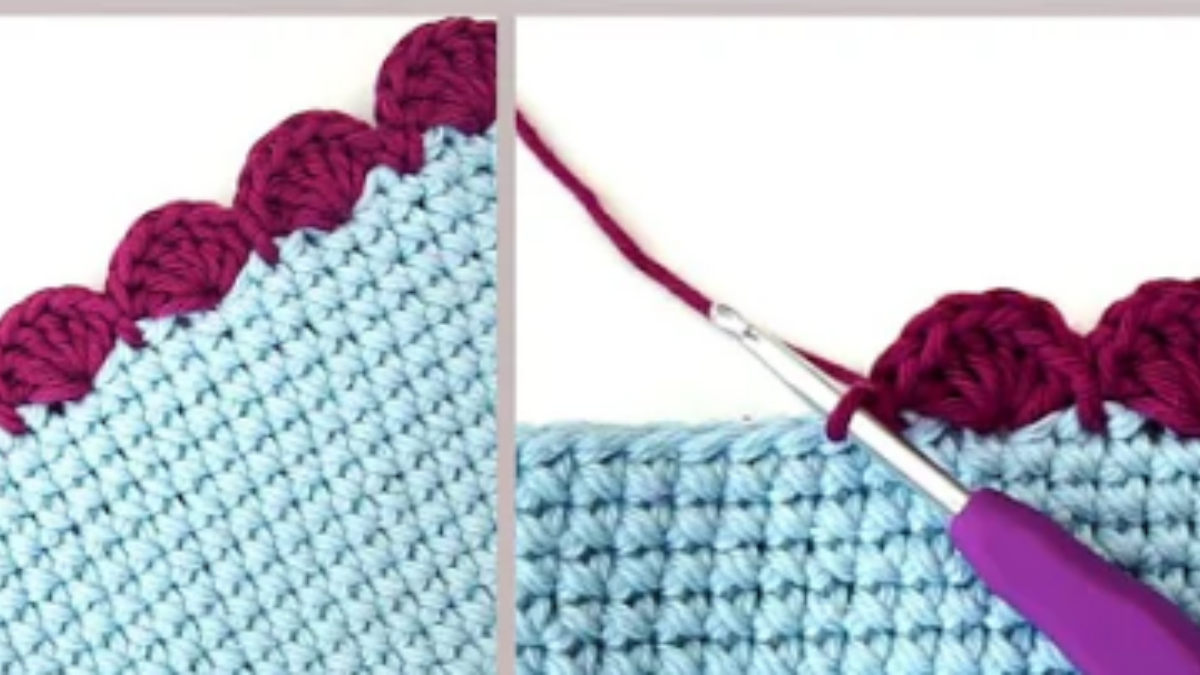
One Comment